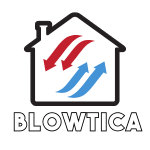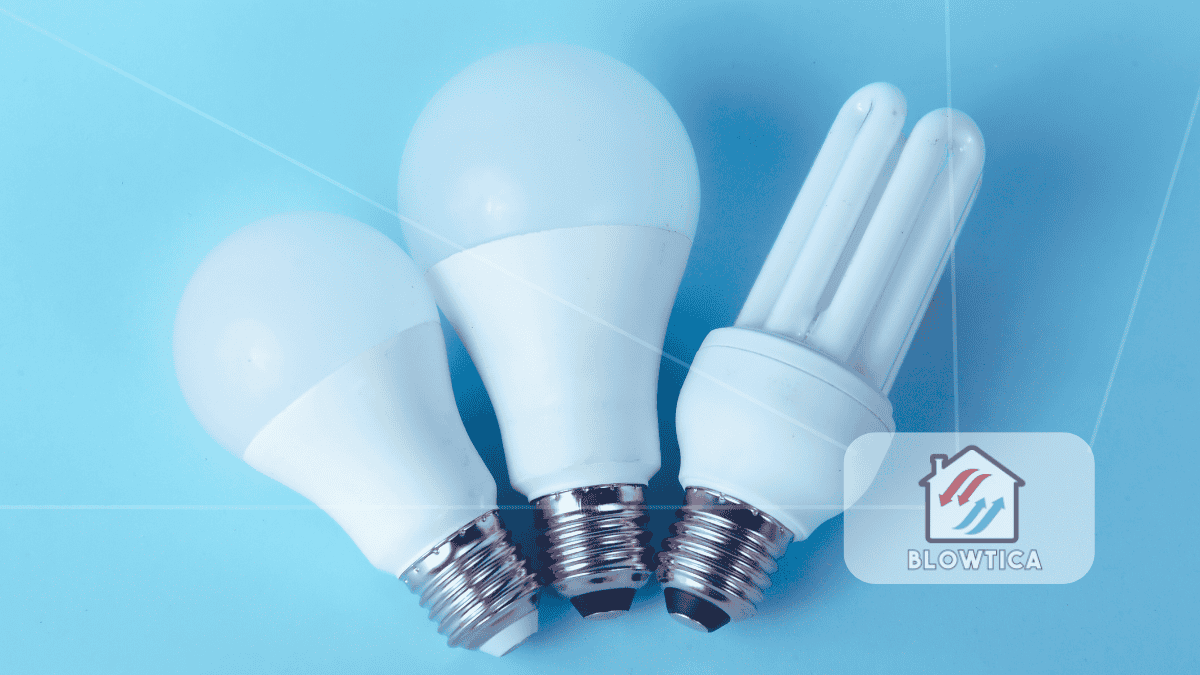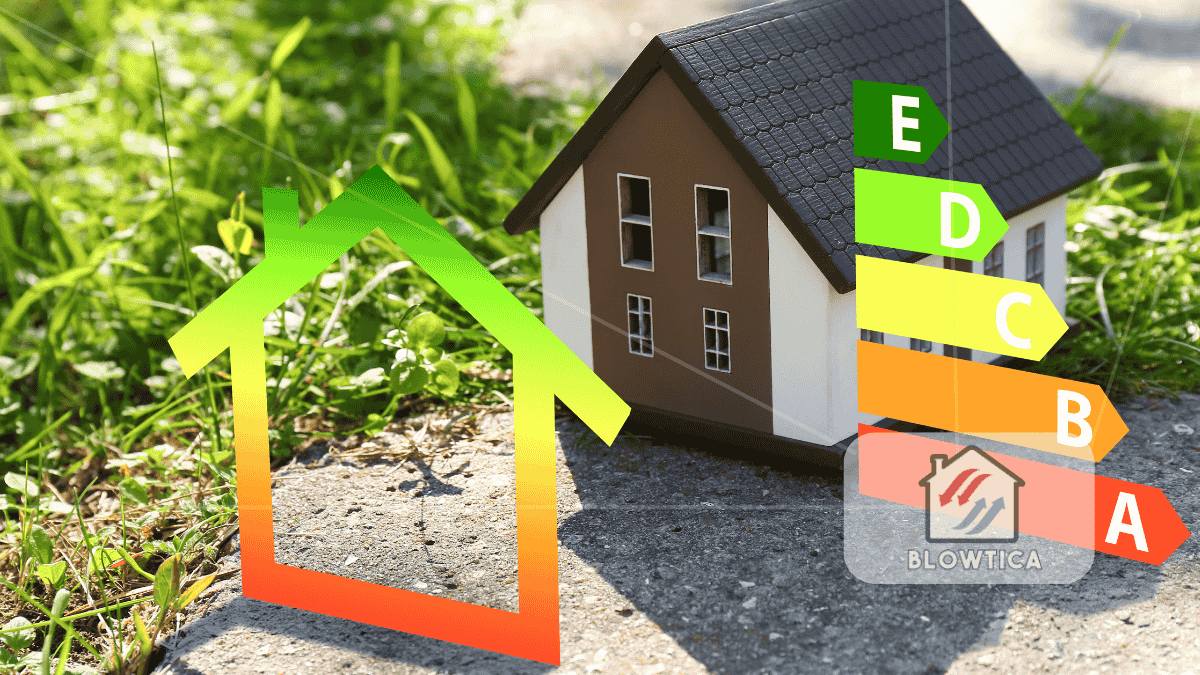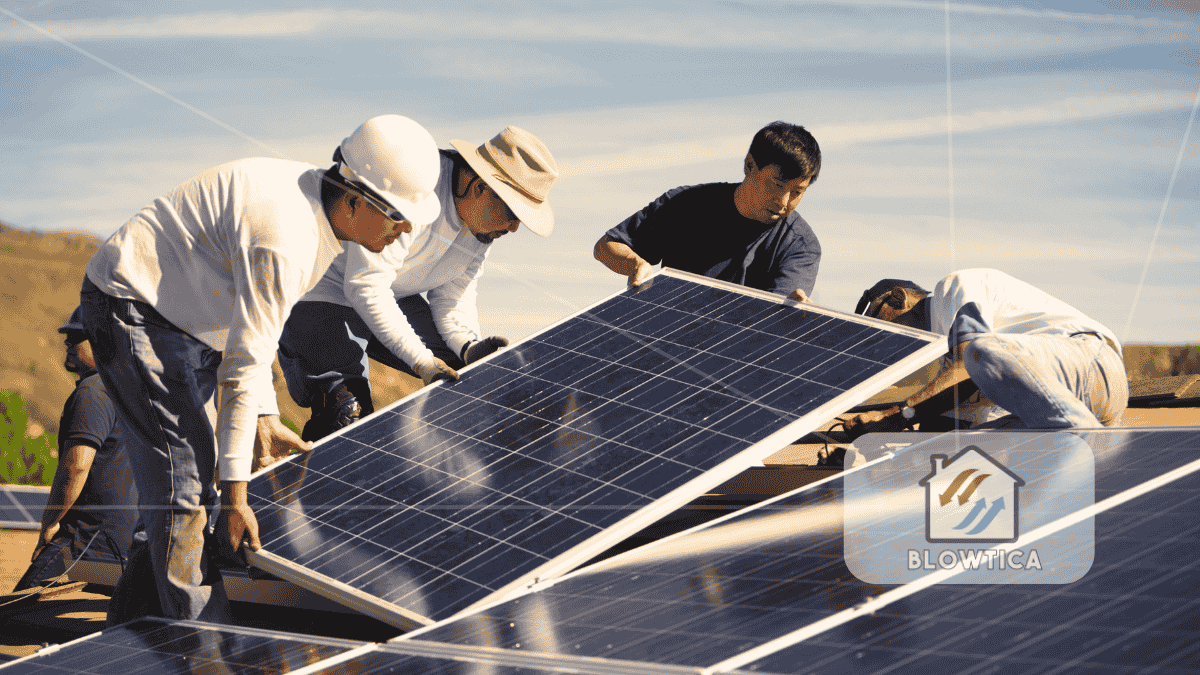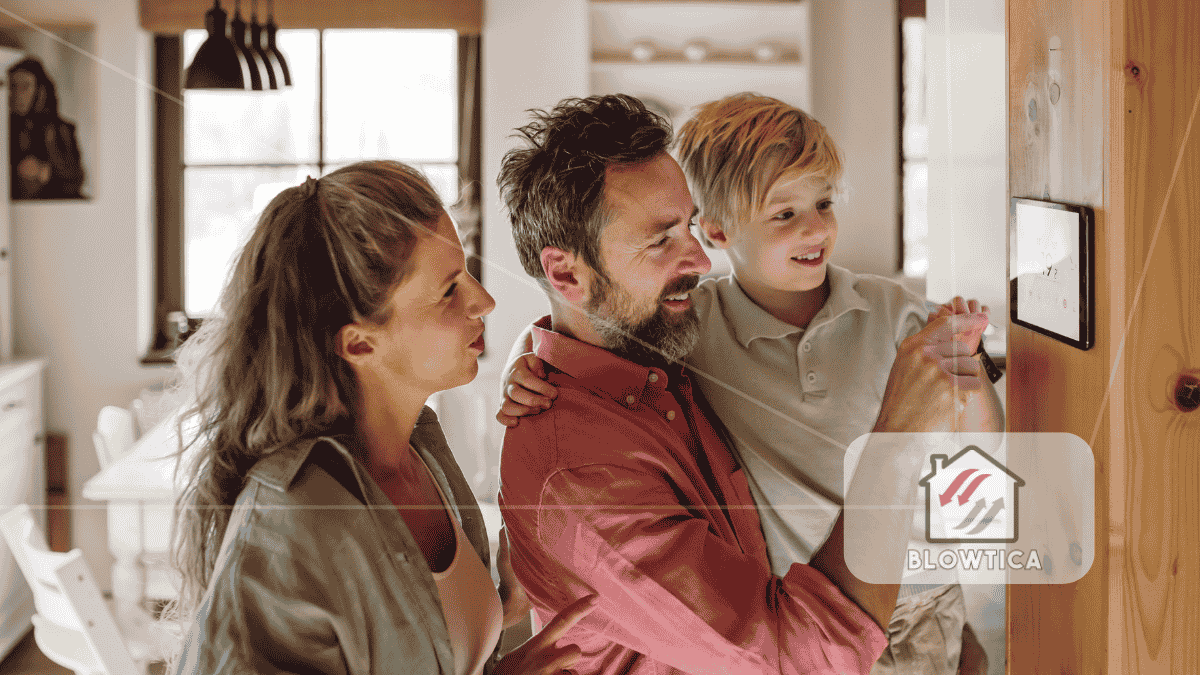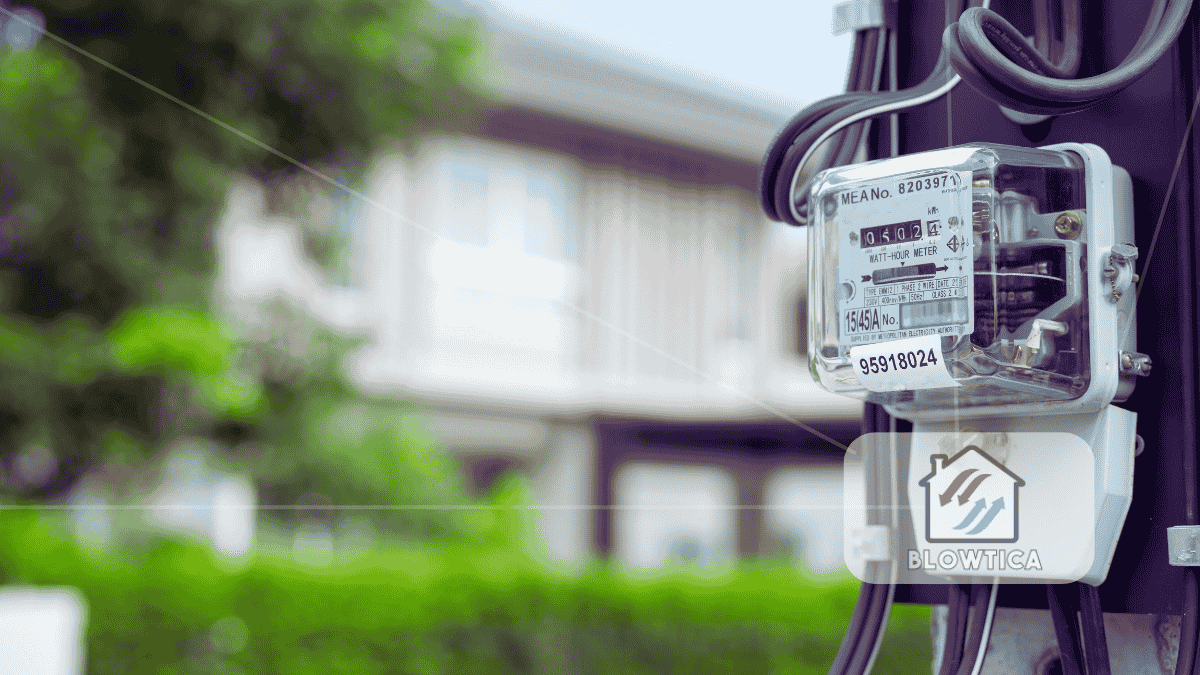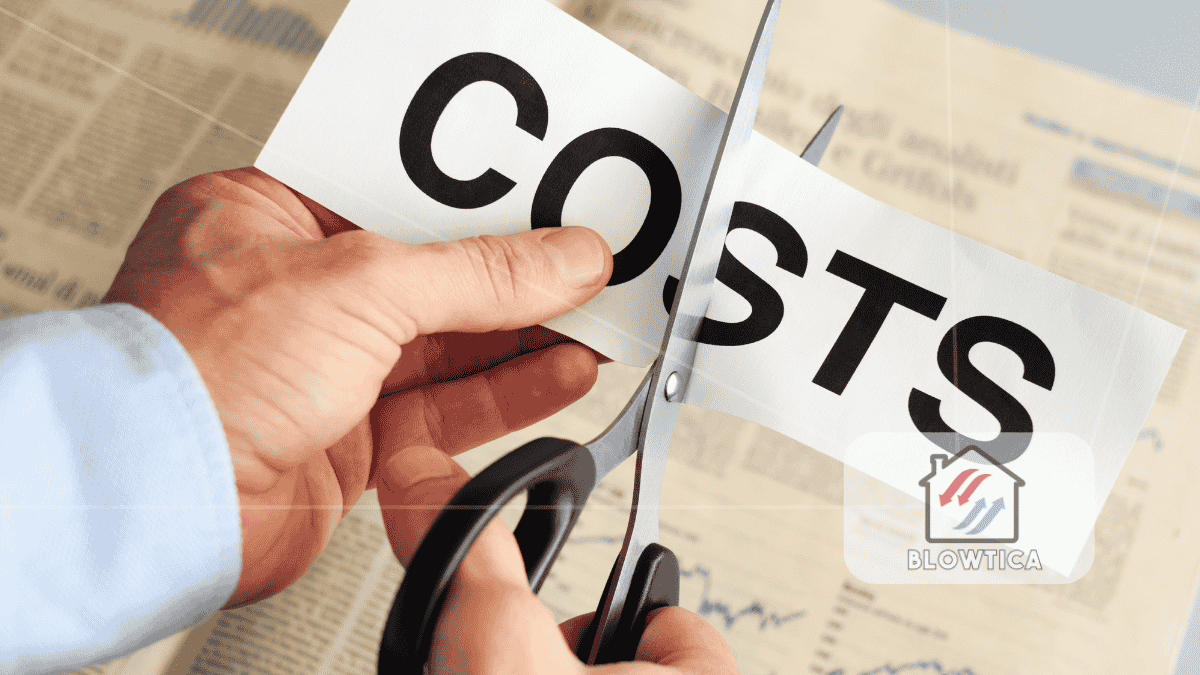
Cutting your home energy costs doesn’t mean shelling out thousands of dollars or hiring a contractor. You don’t need solar panels or a complete renovation to live efficiently. There are plenty of affordable energy-saving home upgrades that actually work, and they’re doable whether you own or rent.
This guide lays out practical, low-cost improvements that help reduce energy waste, increase comfort, and lower your monthly utility bills. From small weekend projects to smarter habits, these upgrades are straightforward, effective, and accessible to almost any budget.
Why Affordable Energy Saving Matters Now
Energy bills are rising. Climate concerns are growing. And household budgets are tighter than ever. The good news is that energy efficiency doesn’t have to be expensive to make a difference.
A well-sealed, properly insulated, and efficiently operated home can cut your annual energy use by up to 30 percent. That’s money back in your pocket every month and less energy wasted day after day.
Plus, many of these improvements enhance indoor comfort. Think fewer drafts in winter, cooler rooms in summer, and better air quality year-round.
The bottom line is this: Affordable energy-saving home upgrades aren’t just good for your wallet. They’re good for your home and the planet.
1. LED Lighting: Small Change, Big Impact
One of the fastest ways to lower energy use is also one of the simplest: swap out old light bulbs for energy-efficient LEDs.
Why It’s Worth It
LEDs use up to 90 percent less electricity than incandescent bulbs and last years longer. That means fewer replacements, less waste, and long-term savings.
Estimated Cost
- $2 to $5 per bulb
- $75 to $150 to replace lights throughout a typical home
What You Save
- Around $200 a year in lighting costs for an average household
Make It Count
Look for bulbs labeled with the ENERGY STAR logo. Choose warm white (2700K–3000K) for cozy lighting or daylight (5000K) for workspaces.
2. Weatherproofing: Seal the Leaks
Drafts are silent money-drainers. Gaps around windows, doors, and attic hatches can let conditioned air escape and outdoor air creep in.
Affordable Fixes
- Caulking cracks and seams
- Installing weatherstripping around doors and windows
- Adding door sweeps to exterior doors
Materials Cost
- Caulk: $5 to $10 per tube
- Weatherstripping: $10 to $25 per door or window
Annual Energy Savings
- 10 to 20 percent reduction in heating and cooling bills
Insider Tip
Don’t forget hidden spots. Baseboards, plumbing entry points, attic access panels, and recessed lighting often leak air, too.
3. Programmable Thermostats: Smarter Heating and Cooling
Why pay to heat or cool your home when you’re not there? Programmable thermostats let you create temperature schedules that match your daily routine.
How It Saves
Reducing HVAC usage during sleeping hours or when you’re at work leads to consistent savings without sacrificing comfort.
Investment
- Manual programmable models: $25 to $60
- Smart thermostats: $80 to $150
Savings Potential
- Up to $180 annually, according to Energy.gov
Best Practice
Program a lower temperature during winter nights and set your air conditioning higher during summer work hours. Even a 7 to 10 degree difference can cut costs.
4. Water Heater Insulation: Keep the Heat You’re Paying For
Your water heater works constantly, especially if it’s in a cold basement or garage. Insulating it can prevent heat loss and cut energy use.
Materials
- Water heater insulation blanket: $20 to $35
- Foam pipe insulation: $0.50 to $1.00 per foot
Estimated Savings
- 7 to 16 percent on water heating costs
Pro Tip
Check your water heater’s age. If it’s over 10 years old, start budgeting for a more efficient model. But in the meantime, insulation is a cheap upgrade with strong returns.
5. Low-Flow Fixtures: Use Less Hot Water, Instantly
Every time you run hot water, your water heater kicks on. Low-flow showerheads and aerators reduce that demand without sacrificing pressure.
Cost Breakdown
- Showerhead: $15 to $30
- Faucet aerators: $5 to $10
Combined Annual Savings
- $50 to $100 in energy
- Additional water savings
What to Look For
Choose fixtures labeled WaterSense-certified. They deliver efficiency without compromise.
6. Attic Insulation: The Heavy Hitter
Heat rises. If your attic isn’t properly insulated, it escapes quickly. That forces your HVAC system to work harder than it should.
DIY-Friendly Options
- Blown-in cellulose or fiberglass
- Batt insulation for small areas
Cost Estimate
- DIY: $200 to $600
- Professional install: $1,000 to $1,500
Annual Payoff
- Can reduce heating and cooling costs by 15 to 30 percent
Quick Test
If your attic floor joists are visible, you likely need more insulation.
7. Energy-Saving Window Solutions
Old or single-pane windows often let heat in or out. Replacing them is expensive, but there are budget-friendly alternatives.
Smart Add-Ons
- Reflective window film blocks UV and solar heat
- Thermal curtains or cellular shades improve insulation
Costs
- Window film: $25 to $50 per roll
- Thermal curtains: $30 to $80 per window
Energy Impact
- Up to 25 percent less heating or cooling load in treated rooms
8. Upgrade Appliances As Needed
You don’t need to replace all your appliances at once. But when the time comes, choose energy-efficient replacements.
What to Prioritize
- Refrigerator
- Washer and dryer
- Dishwasher
What to Buy
Look for ENERGY STAR-rated units. These models use less electricity and water without sacrificing performance.
What You Gain
- $100 to $300 per year, depending on how many old units are replaced
9. Power Strips and Phantom Load Management
Even when turned off, many electronics draw power. This phantom load can account for 5 to 10 percent of your electricity use.
Smart Fix
Plug multiple devices into one power strip and shut it off when not in use.
Cost
- Standard power strip: $10 to $20
- Smart power strip: $25 to $40
Yearly Savings
- $50 to $100 depending on usage
10. Routine HVAC Maintenance: Low Effort, High Return
Your HVAC system loses efficiency over time if not maintained. Regular upkeep can keep it running smoothly and efficiently.
What to Do
- Change air filters every 2 to 3 months
- Schedule a professional tune-up once a year
- Keep vents clean and unobstructed
Maintenance Costs
- Filters: $5 to $20 each
- Annual service: $75 to $150
Efficiency Boost
- 5 to 15 percent reduction in energy use
11. Don’t Forget the Small Habits
Even minor changes in how you use energy make a difference.
- Use cold water for laundry
- Hang-dry clothes when possible
- Unplug devices you don’t use regularly
- Turn off lights when you leave the room
These habits support the success of your home upgrades.
Combining Upgrades for Maximum Savings
Each improvement helps, but the real value comes when you combine them. Here’s an example of what several affordable energy-saving home upgrades can achieve together.
| Upgrade | Cost (Approx.) | Annual Savings |
|---|---|---|
| LED Lighting | $100 | $200 |
| Sealing Air Leaks | $75 | $100 |
| Smart Thermostat | $120 | $150 |
| Water Heater Insulation | $30 | $30 |
| Low-Flow Fixtures | $60 | $80 |
| Window Film & Curtains | $100 | $60 |
| Power Strips | $30 | $75 |
| Total | $515 | $695 |
You can earn back your investment in less than a year, then continue saving.
Final Thoughts: Efficiency Within Reach
You don’t need a major renovation or a giant budget to make your home more energy efficient. These affordable energy-saving home upgrades are low-risk, high-reward moves that work in any climate, for any household.
Start with what’s easiest for your budget and your time. Every upgrade and good habit builds momentum. The savings stack up month after month, and so does your comfort.
